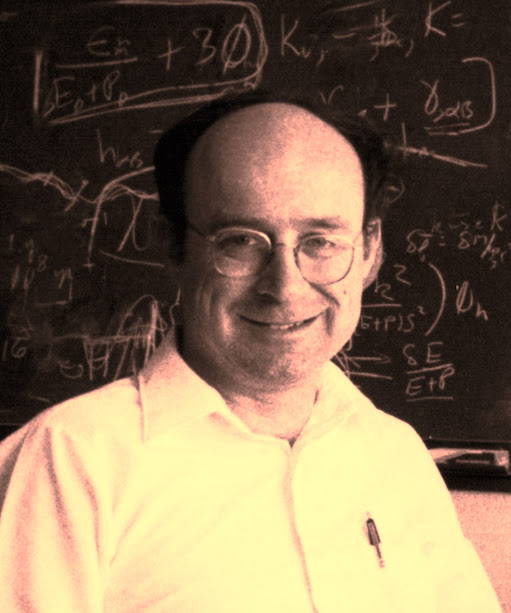The Scientist who Won Nobel Prize for Piece as well: Linus Pauling
Linus Pauling was a prominent American scientist, biochemist, peace activist, and author who lived from 1901 to 1994. His life and accomplishments touched several sectors and had a substantial effect in each. Here are some highlights from his life and work: Linus Pauling was born on February 28, 1901, in Portland, Oregon, United States. He showed an early interest in science and went on to study chemical engineering at Oregon State University. Later, he proceeded to the California Institute of Technology (Caltech), where he received his Ph.D. in physical chemistry in 1925. Chemistry Contributions: Pauling's most significant contributions were in the realm of chemistry, namely the study of chemical bonding and molecular structure. He invented the notion of electronegativity, which explains why atoms in a chemical connection share electrons unequally. Pauling developed the idea of hybridization, which describes...

.jpg)

